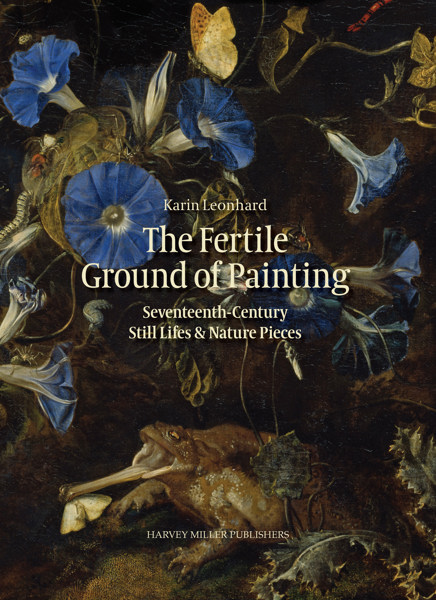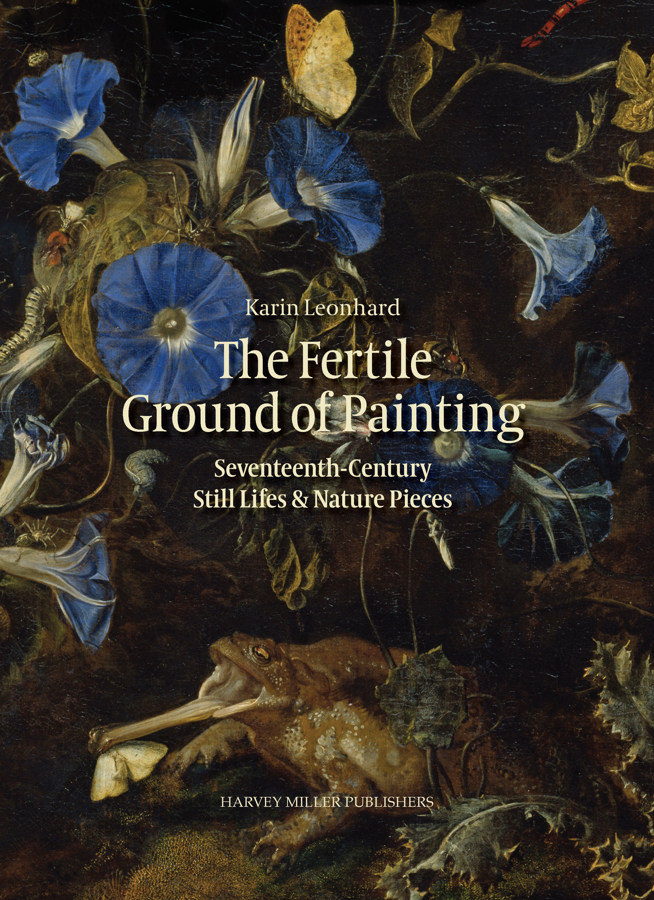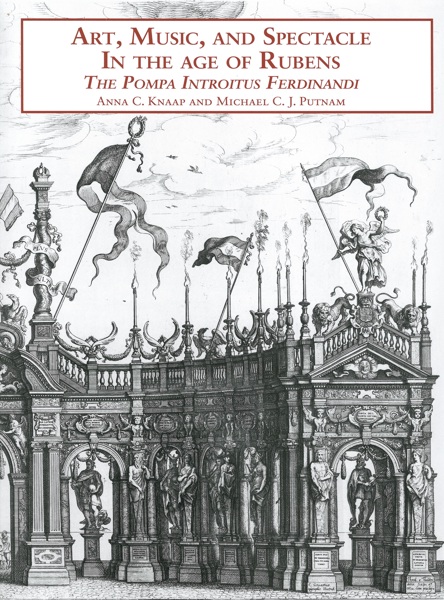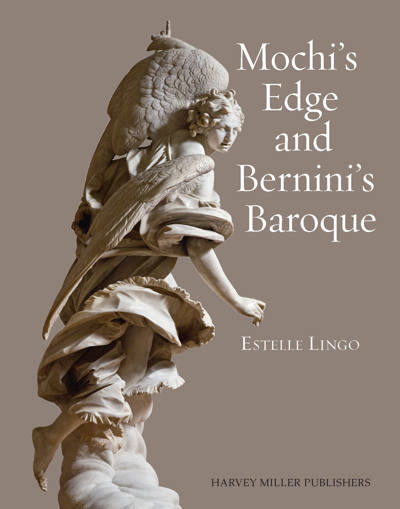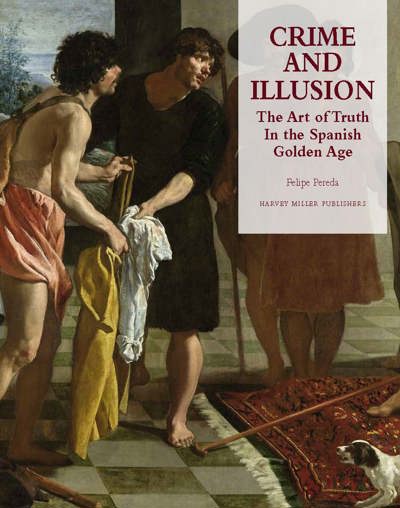
- Pages: 304 p.
- Size:225 x 300 mm
- Illustrations:162 col., 5 maps b/w
- Language(s):English
- Publication Year:2021
- € 150,00 EXCL. VAT RETAIL PRICE
- ISBN: 978-1-912554-06-5
- Hardback
- Available
Still Life painting thematizes the ability of Nature and Art to produce similarities and is therefore predestined for a theorization of mimetic strcutures of Art in general.
“Spanning histories of art, science, medicine, philosophy and alchemy, Leonhard’s book addresses issues of fundamental concern for scholars interested in the connections between visual images and theories of life and organic development prior to the nineteenth century.” (Thomas Balfe, in Historians of Netherlandish Art Reviews, December 2022).
Karin Leonhard is professor of art history at the University of Konstanz.
Still Life painting thematizes the ability of Nature and Art to produce similarities and is therefore predestined for a theorization of mimetic structures of art in general.
Seventeenth-century Netherlandish still-life painting actively participated in the intellectual discourse of natural philosophy and the natural sciences, even though art history until recently described it, somewhat simplifying, as realistic-representative painting. We urgently need a rehabilitation of the notion of mimesis. The author restarts the discussion, by putting more emphasis on the historical notions of nature and image. She examines how mimetic structures acquired a biotic reproductive capacity in the seventeenth century.
